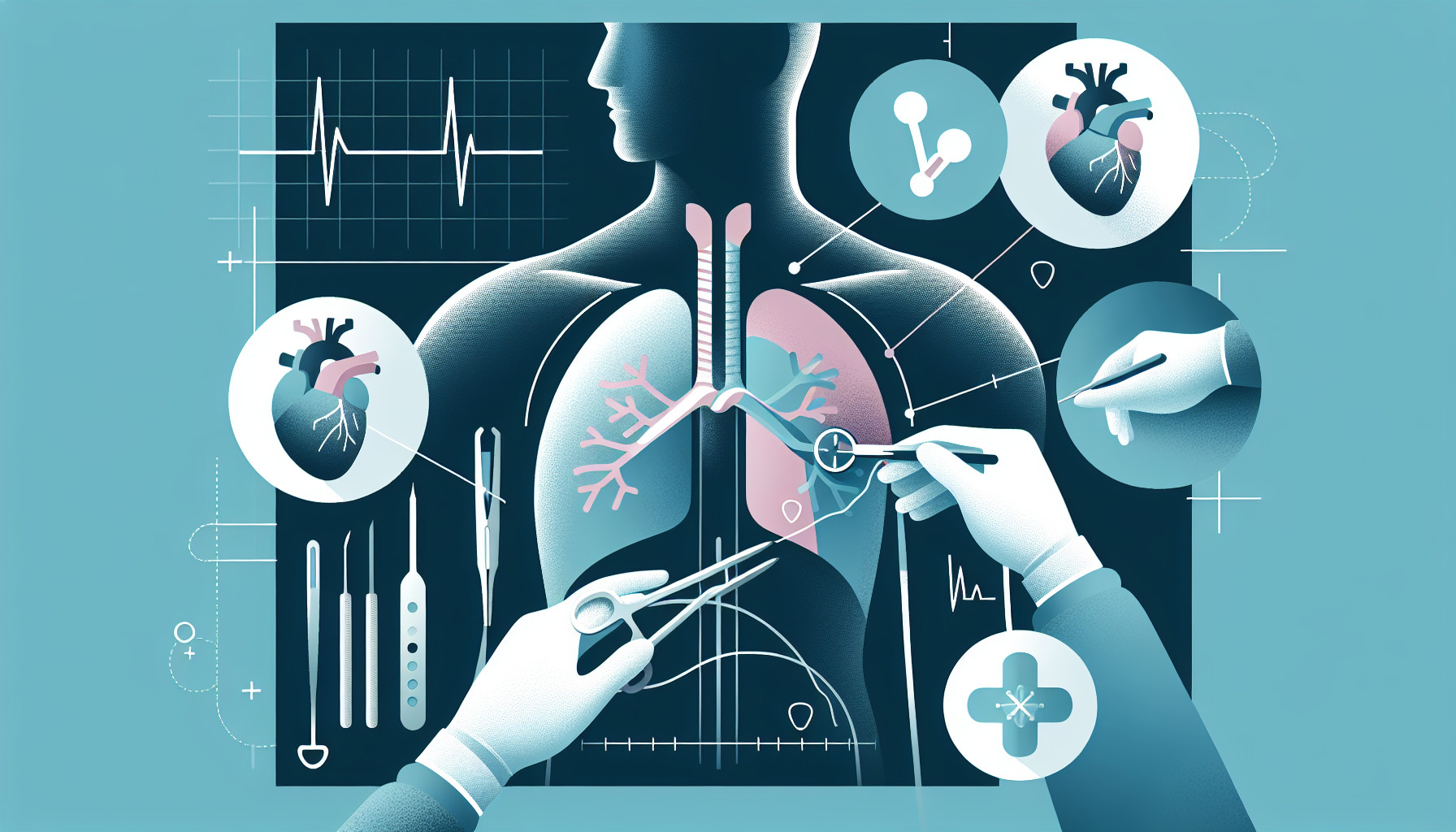Our Summary
This study looked at how effective surgical treatment is for a condition called Thoracic Outlet Syndrome (TOS) in Major League Baseball (MLB) pitchers. TOS is a serious injury that can potentially end a pitcher’s career.
The researchers analyzed data from 27 MLB pitchers who had surgery for TOS between 2001 and 2017. They specifically looked at their pitching performance two years before and two years after the surgery. They used a range of measures to assess performance, including earned run average (ERA), walks plus hits per innings pitched (WHIP), and the speed of their fastball.
They found that about 74% of the pitchers who had the surgery were able to return to playing in the MLB after an average of about 10 months. When they looked at the performance measures, they found that most were about the same after the surgery as they were before. However, the pitchers’ ERA was a bit worse after surgery.
So overall, the surgery seems to allow most pitchers to return to play at a similar level as before their injury, but there might be a slight drop in some areas of their performance.
This information could be useful for pitchers considering this surgery, as well as for their coaches and doctors.
FAQs
- What is Thoracic Outlet Syndrome (TOS) and how can it affect a pitcher’s career?
- What percentage of MLB pitchers were able to return to play after having TOS surgery according to the study?
- Did the study find any changes in performance measures of pitchers after having TOS surgery?
Doctor’s Tip
A doctor might advise a patient considering thoracic outlet syndrome surgery that most MLB pitchers who undergo the procedure are able to return to playing at a similar level as before, but there may be a slight decrease in performance, particularly in terms of ERA. It is important for patients to understand the potential risks and benefits of the surgery, and to have realistic expectations about their post-operative performance. Post-surgery rehabilitation and physical therapy will also be essential for a successful recovery and return to play.
Suitable For
Patients who are typically recommended thoracic outlet syndrome surgery are those who have not responded well to conservative treatments such as physical therapy, medications, and lifestyle modifications. They may experience symptoms such as pain, numbness, weakness, and tingling in the neck, shoulder, arm, and hand, as well as decreased range of motion and muscle atrophy.
In the case of the MLB pitchers in the study, surgery was likely recommended due to the severity of their symptoms and the impact on their performance and career. The surgery aims to relieve compression of the nerves and blood vessels in the thoracic outlet, which can improve symptoms and function.
It is important for patients to discuss the risks and benefits of surgery with their healthcare provider and to explore other treatment options before considering surgery. Surgery is typically considered a last resort for thoracic outlet syndrome when conservative treatments have not provided adequate relief.
Timeline
Before surgery: A patient with thoracic outlet syndrome may experience symptoms such as pain and numbness in the neck, shoulder, and arm, weakness in the arm or hand, and swelling or discoloration of the arm. These symptoms may worsen with certain activities, such as reaching overhead or carrying heavy objects. The patient may undergo various diagnostic tests, such as imaging studies or nerve conduction studies, to confirm the diagnosis of TOS.
Surgery: The patient undergoes thoracic outlet syndrome surgery, which typically involves removing a portion of the first rib or releasing tight muscles or ligaments in the affected area. The surgery is aimed at relieving compression of the nerves and blood vessels in the thoracic outlet.
After surgery: The patient undergoes a period of rehabilitation to regain strength and mobility in the affected arm. This may include physical therapy, occupational therapy, and exercises to improve range of motion and prevent stiffness. The patient may also need to make lifestyle changes, such as avoiding certain activities or improving posture, to prevent a recurrence of TOS symptoms.
Follow-up: The patient is monitored closely by their healthcare team to ensure that they are healing properly and to address any complications or concerns that may arise. The patient may undergo follow-up imaging studies or nerve conduction studies to assess the success of the surgery and to track their progress over time.
Overall, the patient may experience a significant improvement in their symptoms and quality of life after thoracic outlet syndrome surgery, with the potential for a return to normal activities and improved function in the affected arm.
What to Ask Your Doctor
Some questions a patient should ask their doctor about thoracic outlet syndrome surgery include:
- What are the potential risks and complications associated with the surgery?
- What is the success rate of this surgery for patients with thoracic outlet syndrome?
- How long is the recovery process, and what can I expect in terms of pain and rehabilitation?
- Will I be able to return to my previous level of physical activity or sports after the surgery?
- Are there any long-term effects or limitations I should be aware of after the surgery?
- What is the likelihood of needing additional surgeries or treatments in the future?
- How experienced are you in performing this type of surgery, and what is your success rate?
- Are there any alternative treatments or therapies that I should consider before opting for surgery?
- Can you provide me with information or resources to help me better understand the procedure and its potential outcomes?
- Are there any lifestyle changes or precautions I should take after the surgery to prevent future issues with thoracic outlet syndrome?
Reference
Authors: J Gutman M, Gutman BS, D Joyce C, M Kirsch J, B Sherman M, Namdari S. Journal: Phys Sportsmed. 2022 Apr;50(2):141-146. doi: 10.1080/00913847.2021.1880251. Epub 2021 Mar 21. PMID: 33472488
